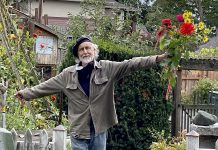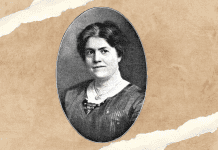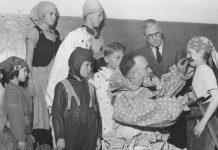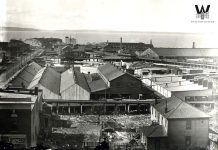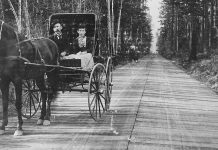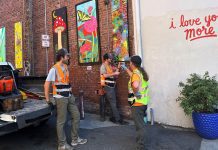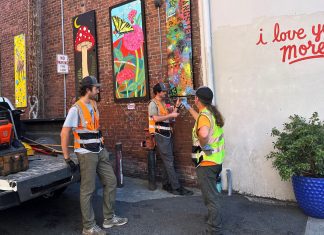Whatcom County parks are as much part of the region’s identity as its towns and people. From breathtaking beaches and picturesque lakes to beautiful waterfalls and stunning forests, the lands set aside for recreation are celebrated and loved.
We flock to them on sunny days, and wander them in solitude on the rainy ones, enjoying their infrastructure with every step. But perhaps few of us take a moment to pause and think about how these parks ended up here and how this land became accessible to all.
While nearly every park around the county has a unique and interesting history, we’ve picked a handful of Bellingham favorites to examine, hopefully whetting your appetite to research the history of your own favorite spots.
Fairhaven Park

Since 1906, Fairhaven Park has been the destination for many to get out and bask in the beauty of the region. The park was designed by John C. Olmsted, the nephew of Frederick Law Olmsted, the designer of New York’s Central Park.
By 1915, the park was a sight to be seen, highlighted by a beautiful log entrance gate. Within a few years, the wood started to rot and was replaced in 1925 by a brick entrance designed by a local architect named F. Stanley Piper. The iconic brick structure greeted visitors to the park until 2017, when the crumbling remains were town down.
Like most older parks, attractions have come and gone at Fairhaven. At one time, there was a petting zoo, a rose garden, and even the tallest natural flag pole in the United States. The flag pole, which was unveiled on Flag Day in 1907, was made out of a limbed red cedar that stood 177 feet tall. The tree was blown down by the winds of the 1962 Columbus Day Storm.
Sadly, the aforementioned rose garden eventually met the same fate as the brick entrance and flag pole. From 1914 until the 1960s, a full-time caretaker occupied a house on the premises, but budget issues cut the salary, leaving the house and garden to become wrecked by the elements. By 1998, all of the roses had been removed. In 2008, community groups began rehabilitating the house and garden, hoping to return the area to its long-passed glory years.
Whatcom Falls Park
With four sets of waterfalls and gorgeous trails, it’s little wonder that this park is one of Bellingham’s favorites. The park, which sees thousands of visitors each year, has been popular for millennia. In 1908, the well-known falls were turned into a park by a group known as the Young Men’s Commercial Club. The club was responsible for building trails and a playground.
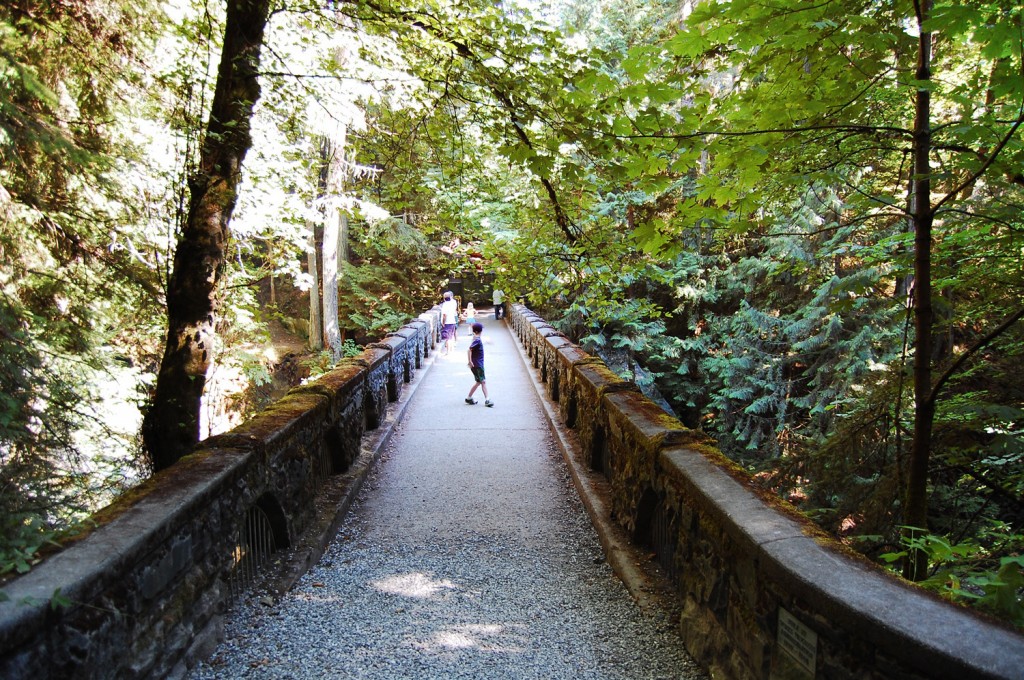
In 1914, ownership of the park was transferred to the City of Bellingham, where a new group took over. The group, which consisted of women from around town, was called the Whatcom Falls Park Club, which constructed wooden bridges, picnic shelters and helped design the landscaping that we still enjoy today. The Whatcom Falls Park Club also purchased land next to the park, connecting it with downtown via a street car, making it more accessible to the masses.
In the 1930s, the park fully became operated by the city. The fish hatchery was built by 1936 and, a few years later, thanks to the New Deal, the iconic Chuckanut sandstone bridge was completed, in 1939.
Lake Padden Park
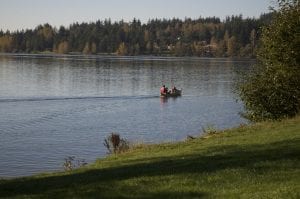
It took over a century for a park to be placed at Lake Padden after the first non-native settler reached its shores, but it was well worth the wait. Named for settler Michael Padden, who moved to the region in 1870, the park was created after a bond measure passed in1968. The $1 million bond also created Bellingham’s first municipal golf course, which became public in 1981, after being turned over to a private group. While the municipal golf course failed, the park has been a rousing success. In 1972, 220 acres around the lake were dedicated as the area’s newest city park, bringing with it miles of trails, swimming spots, dog parks and other recreational opportunities.
Larrabee State Park
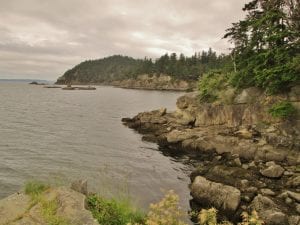
Created in 1915, the park now known as Larrabee State Park, was the first state park in all of Washington. In 1913, Governor Ernest Lister suggest a park should be located along Chuckanut Drive. As good community members, the heirs of local magnates C.X. Larrabee and Cyrus Gates donated 20 acres for the park’s creation. By November of 1915, the park was a reality, donning the moniker Chuckanut State Park. That name stuck around until 1923, when it was changed to honor the Larrabee family.
It took a while for Larrabee to look like a park, actually. For the first few decades, the park held nothing more than a few picnic tables and a bath house. In fact, it was said to be visited more often by bootleggers during Prohibition than by those looking for a day in the park. It wouldn’t be until the days of the Civilian Conservation Corps (CCC) that the park would begin to look as we know it today.
In 1937, the park also received a donation of an additional 1,500 acres, nearly tripling its footprint. Today, Larrabee State Park is a crown jewel of our state and home to fond memories by locals and visitors alike.
Featured photo by Eric Frommer



